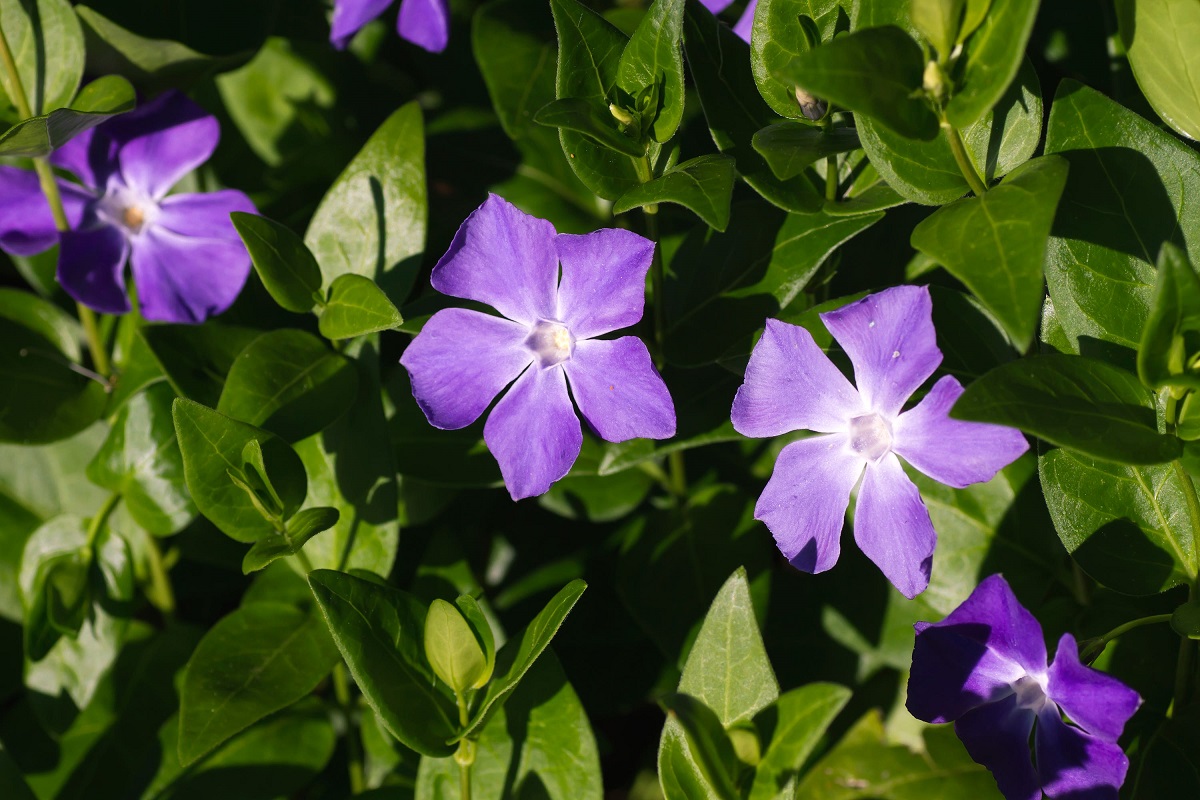Plants spreading out of control? It may be worth considering what hard-to-get-rid-of species you’re unwittingly planting in your garden.
Of course, there’s a difference between invasive weeds and vigorous plants. Invasive weeds include Japanese knotweed, giant hogweed and Himalayan balsam, which are banned from sale in this country. But there are other plants which may spread too rapidly for your liking, and may be difficult to get rid of once they are planted in the ground.
Check for these invasive weeds
1. Japanese anemone (A. x hybrida)
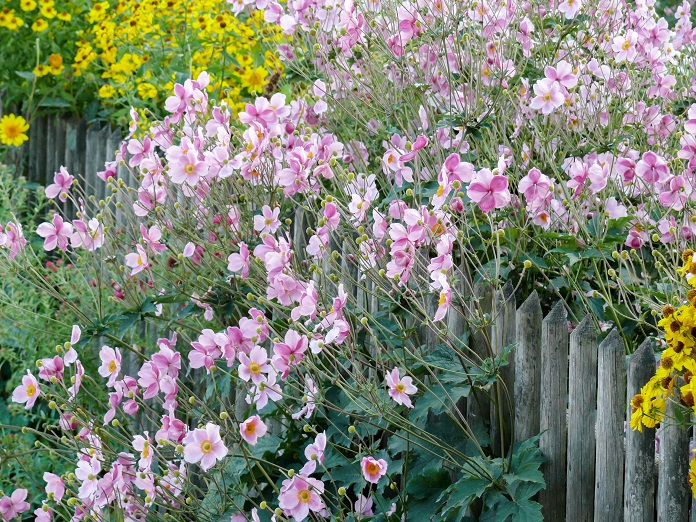
Don’t be fooled by the dainty-looking late summer/early autumn flowers in shades of white, pink and mauve. These perennial favourites growing up to 1.2m tall are also total garden thugs.
Once you’ve planted them, I hope you really like them because it’ll be really difficult to erase them from your plot. They will invade the space of neighbouring plants, taking nutrients from the soil as they go – and it’s extremely difficult to totally eradicate them, unless you want to do some back-breaking digging.
They are, however, very pretty, so if you want them in your garden consider growing them in a raised bed or in a container so you can keep control.
2. Periwinkle (Vinca major and Vinca minor)
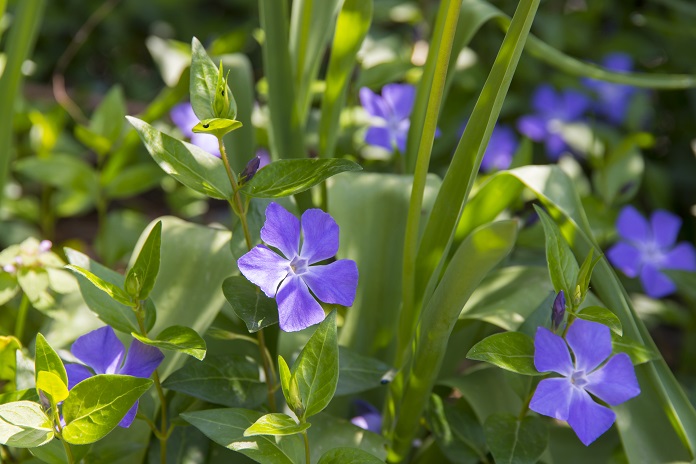
Periwinkles are ground cover trailing shrubs which provide eye-catching winter foliage and early flowers in shades of blue and white.
They look good in shady spots or wilder areas of the garden and will stop weeds colonising, but can be invasive if not cut back. They send out runners which root when they touch the soil, meaning they can completely take over if left to grow freely.
Avoid planting them in ordinary borders where they will compete with other plants. If you want to keep them, cut them back to the ground in winter and they will come up again with fresh new growth. Make sure you regularly remove any runners you see popping up where they’re not wanted so this invasive weed doesn’t take over your whole garden.
3. Lily of the valley (Convallaria majalis)
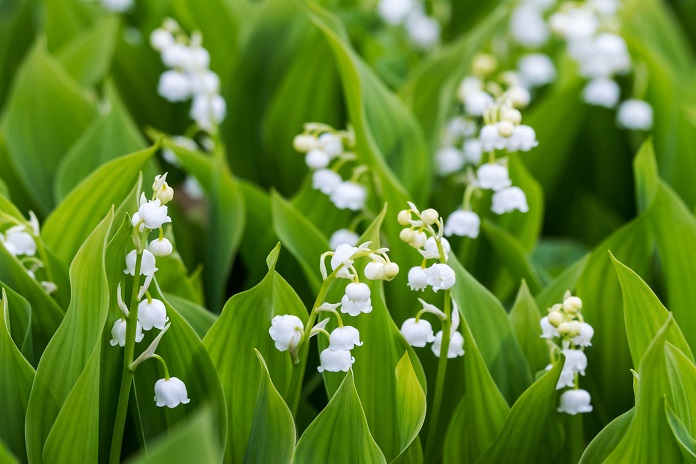
Each April and May, when the rich scent from the pretty white bell flowers of this pint-sized perennial bulb fill the air, you might convince yourselves that these aren’t invasive weeds at all. But you’d be wrong.
Like many invasive groundcovers, convallaria propagates itself from underground rhizomes, producing seeds and spreading rapidly as the root-like rhizomes creep in all directions, throwing up small upright shoots (called ‘pips’) every few inches.
You can dig them up, but you mustn’t leave any roots in the ground or they will re-emerge. Also, cut the flowers before they run to seed to prevent further spread.
If you have a small garden, you can grow lily of the valley in pots. Place them in semi shade close to the patio, where you can inhale the rich scent come late spring without worrying that the plants are going to take over.
4. Montbretia (Crocosmia x crocosmiiflora)
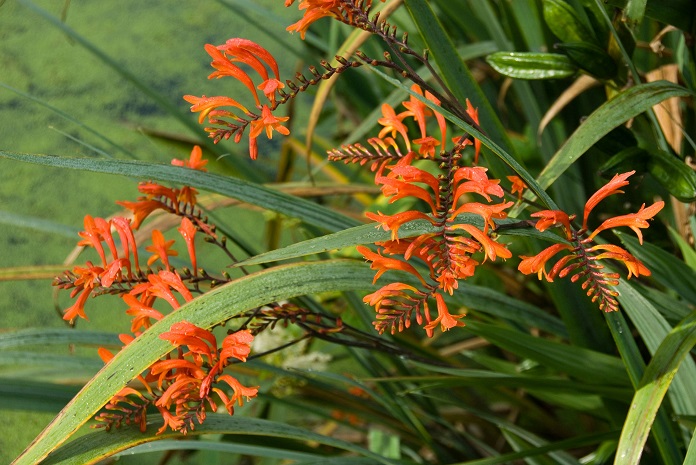
This invasive weed produces spear-like leaves and orange flowers in high summer, and multiplies with a vengeance once they take hold. The underground corms can seem unstoppable, and small fragments of root quickly established themselves.
You can dig up montbretia but if you leave just one corm, it will re-emerge. And don’t chuck it on the compost heap because when you spread the compost on another area, the montbretia is likely to appear again.
However, you can buy less invasive and more showstopping cultivated varieties such as ‘Lucifer’ – which has a brilliant red flower – so there is still a place for them in your garden.
You might also be interested in…























































